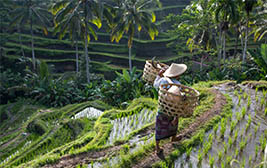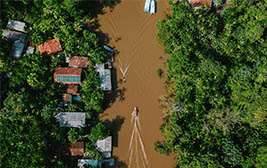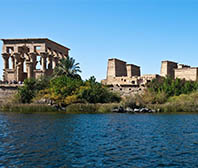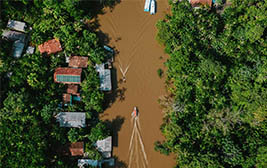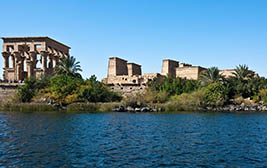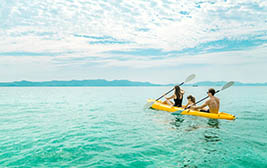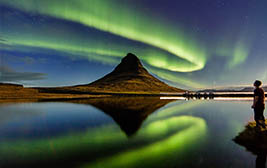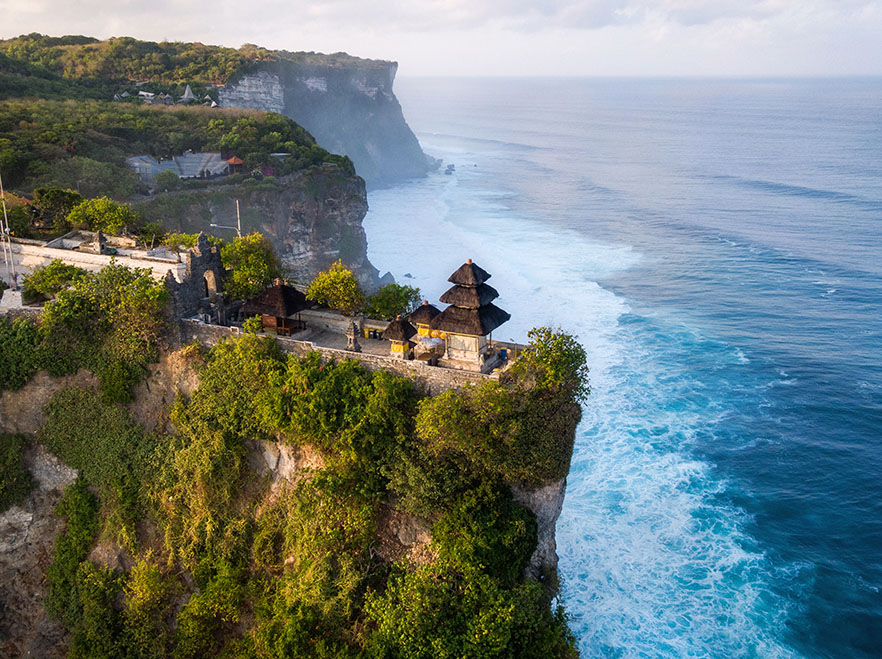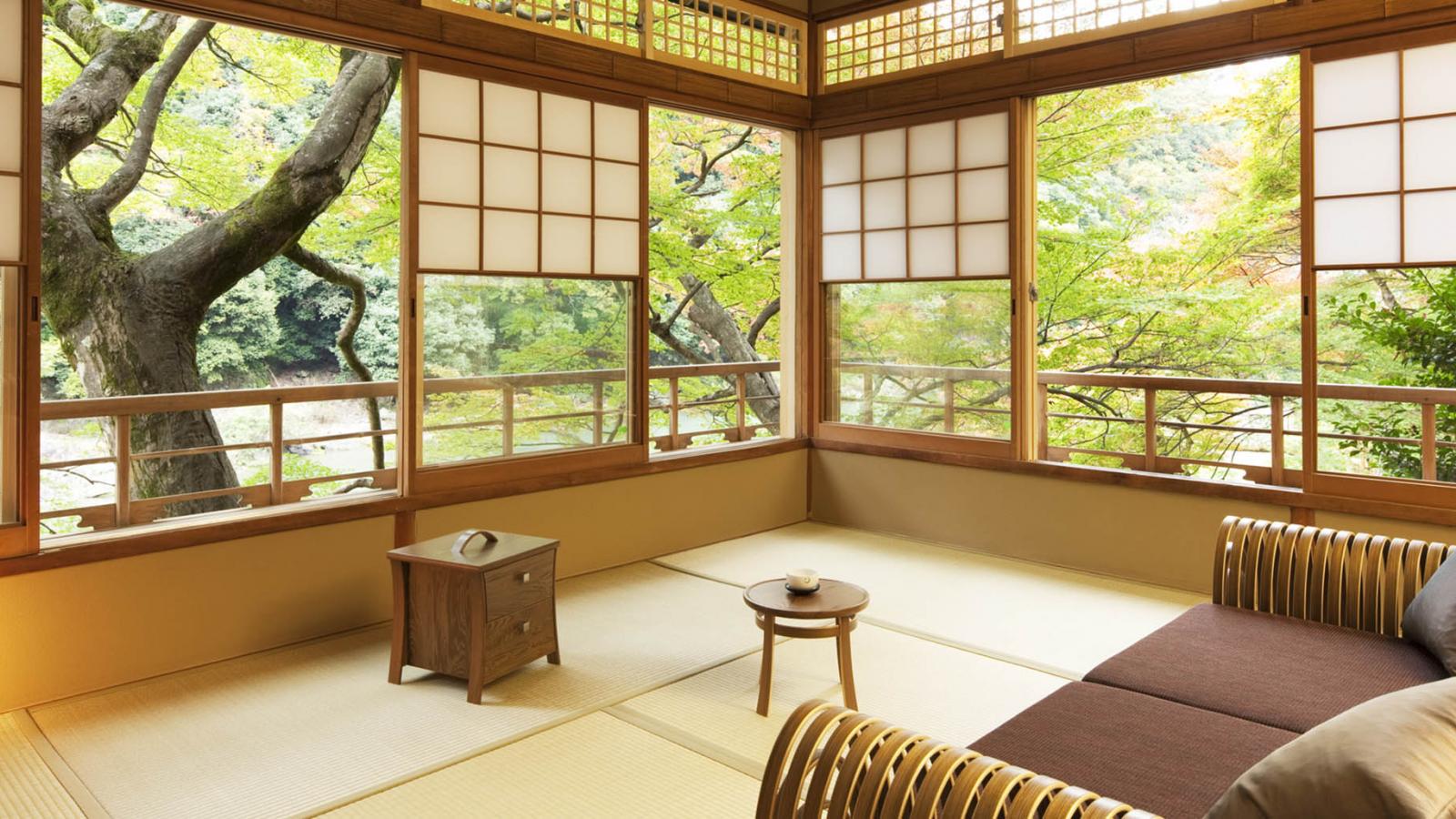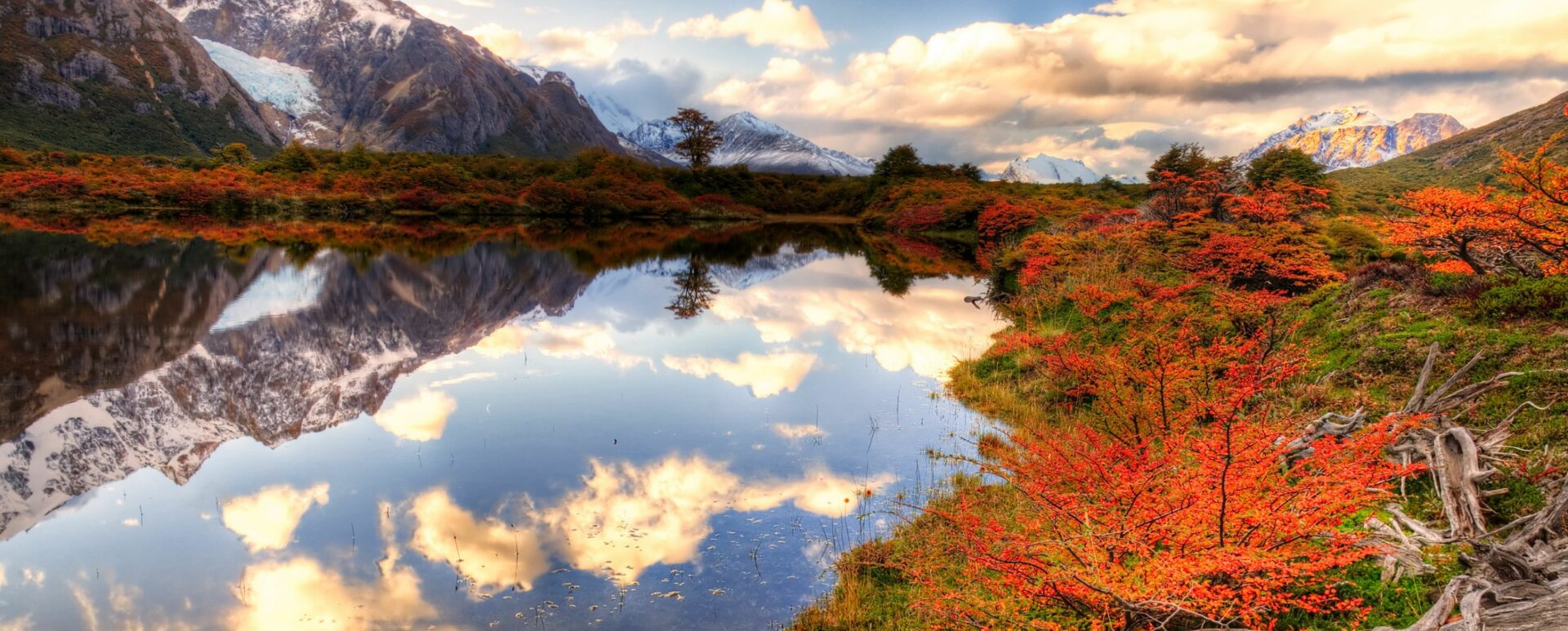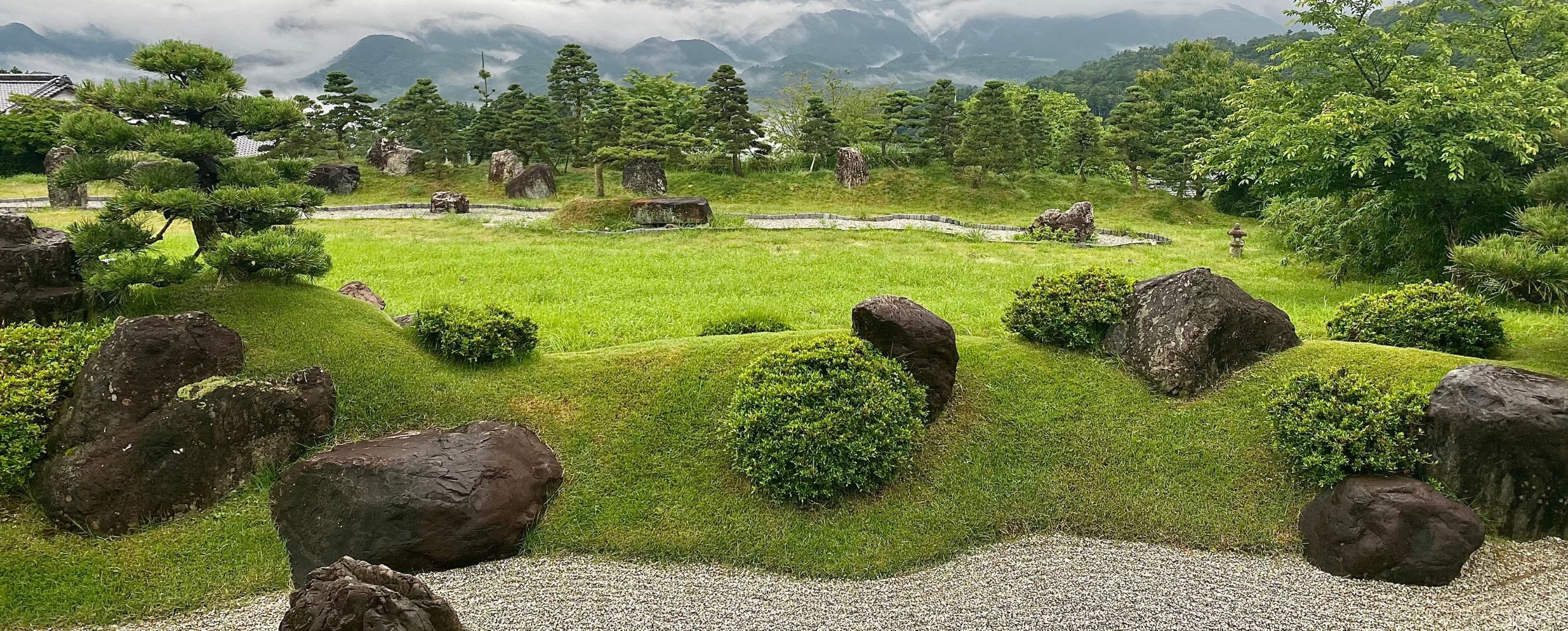The ryokan, a Japanese-style inn, has existed for centuries and was once the resting place of traders, samurai and common people travelling between destinations. Found throughout the country, these days they are popular with locals and tourists alike and are not simply a place to rest your head, but rather a chance to experience the best of traditional Japanese culture, lifestyle and hospitality.
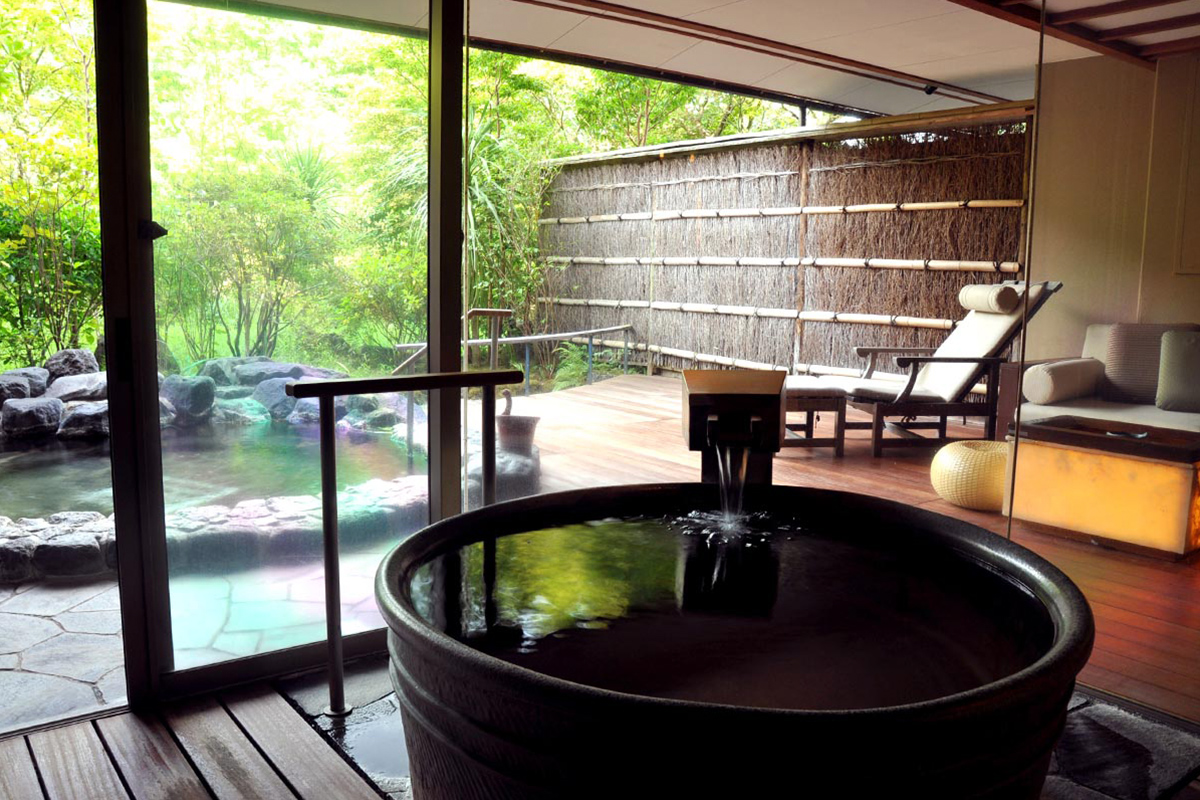
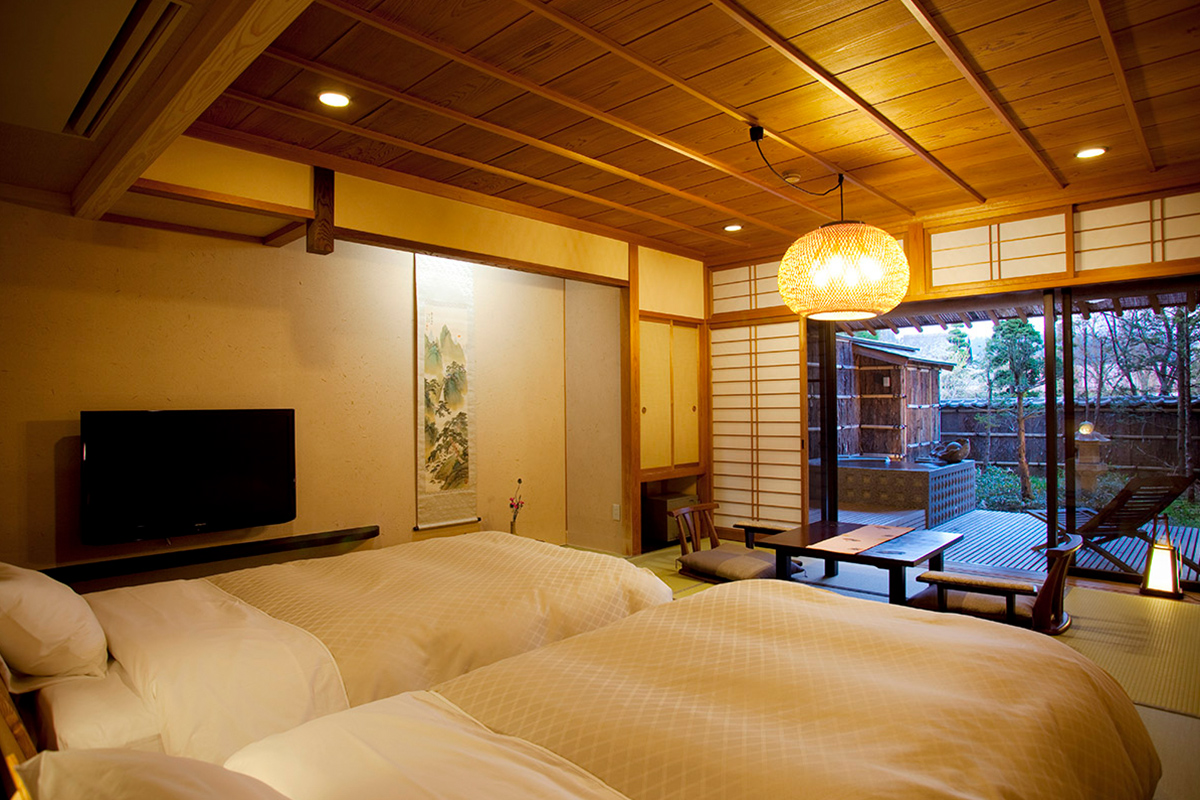
The zen-like experience of staying in a ryokan generally revolves around soaking in the onsens, enjoying the natural surroundings, drinking green tea, napping and indulging in memorable meals. Other activities include strolling around the gardens and local neighbourhood. Traditionally, ryokans have been simple lodgings, sparsely decorated with none of the frills and facilities of a standard hotel. However, in recent years, hoteliers have taken the concept and transformed the humble ryokan into the ultimate luxury accommodation option.
Ryokans vary greatly in terms of size, quality, cost and style. Some are small and family-run, while others can have hundreds of rooms. As a general rule, ryokans tend to be smaller than hotels. On the whole, ryokans charge a per-person rate and you can expect to pay on average between 15,000 and 50,000 Japanese Yen per night, with the most luxurious ryokans charging up to 80,000 per person. Tipping, however, is neither expected nor common. As ryokans tend to be more expensive than the average hotel, they are rare in cities such as Tokyo and Kyoto and are more often found in rural areas, providing a relaxing, rejuvenating escape for city dwellers. Common features include peaceful grounds, an emphasis on nature and, more often than not, beautiful views of the mountains.
Whilst a stay in a ryokan is often at the top of our clients’ ‘must-do’ list, some elements of the experience many come as a surprise and it is important to understand the differences between a ryokan and a standard hotel so that you are fully prepared for your visit. Most travellers enjoy the experience, however, it may not be for everyone and therefore, we recommend only a couple of nights’ stay on a first trip to Japan, to see if you like it.
The emphasis on a traditional atmosphere sets ryokans apart from standard luxury hotels and at first, what can feel like rigidity may seem a little intimidating. It is common for the staff not to speak excellent English, for example, which is in our opinion only adds to the authenticity of the experience but can require a higher degree of patience (and sign language) than you might expect. Procedures are expected to be followed (check in is usually at 3 pm, check out at 10 or 11 am) and etiquette considered.

On arrival at the ryokan, you will be shown to your room and presented with your yukata. These are Japanese-style robes – lighter and more casual than kimonos – generally worn throughout your stay, when dining, relaxing and even sleeping. Wearing shoes inside a ryokan is not generally accepted and therefore, slippers are also provided for wearing everywhere apart from your own room, where socks or bare feet are acceptable. On entering your room, you step into the agari-kamachi, a small hallway where your shoes and slippers are removed. A pair of shoji, or sliding paper-paneled doors separate this area from the rest of the room. Tatami mat floor coverings and futon beds are part and parcel of a stay at a ryokan. The two single beds are usually kept in a cupboard and are laid out for you in the evenings. Other furniture is usually sparse but you will dine at your low wooden table seated on zaisu, legless chairs, or zabuton, large floor cushions. The most traditional ryokans do not generally have central heating and your room will therefore be equipped with a portable heater and hot water machine. It is worth asking for a lesson in how to use these gadgets as instructions are often written only in Japanese. The same goes for the loo, which can also be surprisingly ‘high-tech’. Most bathrooms are now en-suite but in the most traditional ryokans, some may still be communal.

A highlight of any ryokan stay is the elaborate multi-course dinner, also known as kaiseki ryokri. This is Japanese haute cuisine at its best, with local and seasonal specialties masterfully prepared in a number of small, varied dishes, often presented, with the utmost attention to detail, in the ryokan’s own unique style. Beer and sake are common accompaniments but are not usually included in the meal. Breakfast may come as a surprise to the Western palette with grilled fish, miso soup, pickled vegetables, rice, seaweed and green tea commonly featuring on the menu. Both meals are often included in your stay. Many signature dishes are meant to be enjoyed at a specific temperature and guests are therefore asked what time they would like to dine and are expected to be punctual. Meals are eaten either in your room or in small private dining rooms. Dietary requests should be advised in advance as ryokans cannot always accommodate last minute changes to the menu.
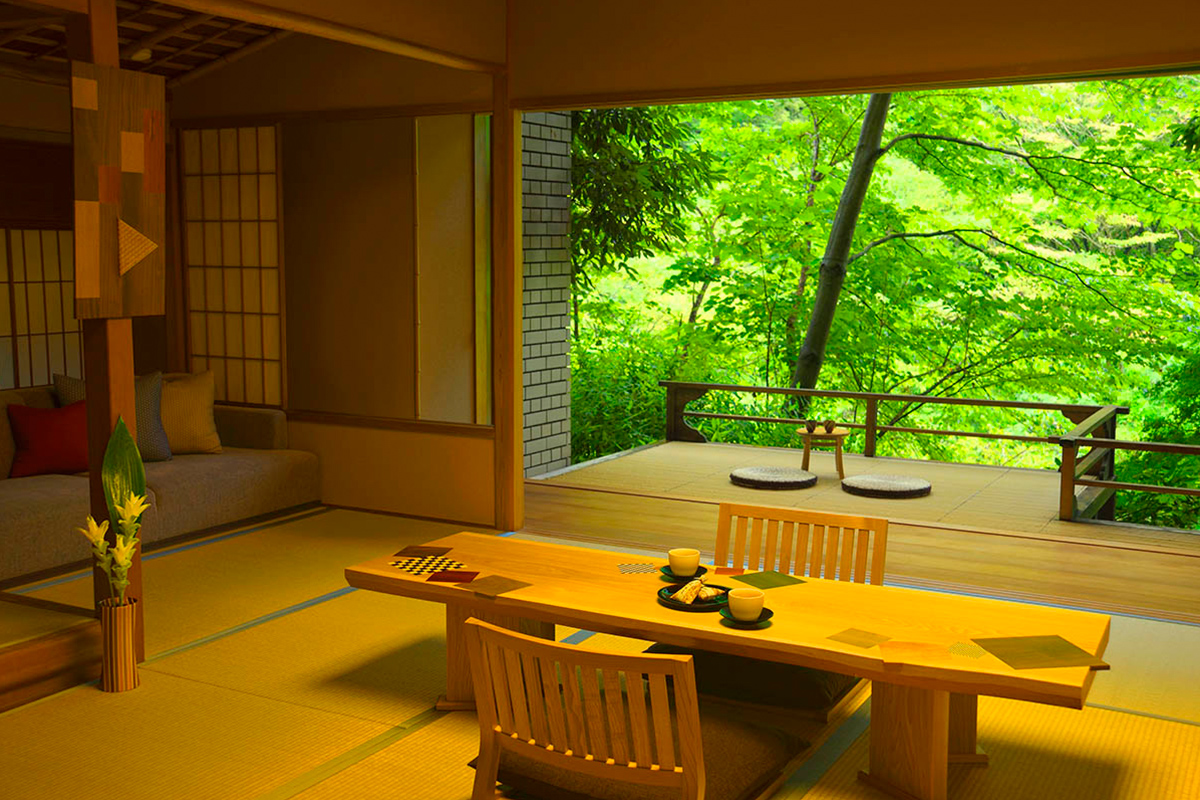
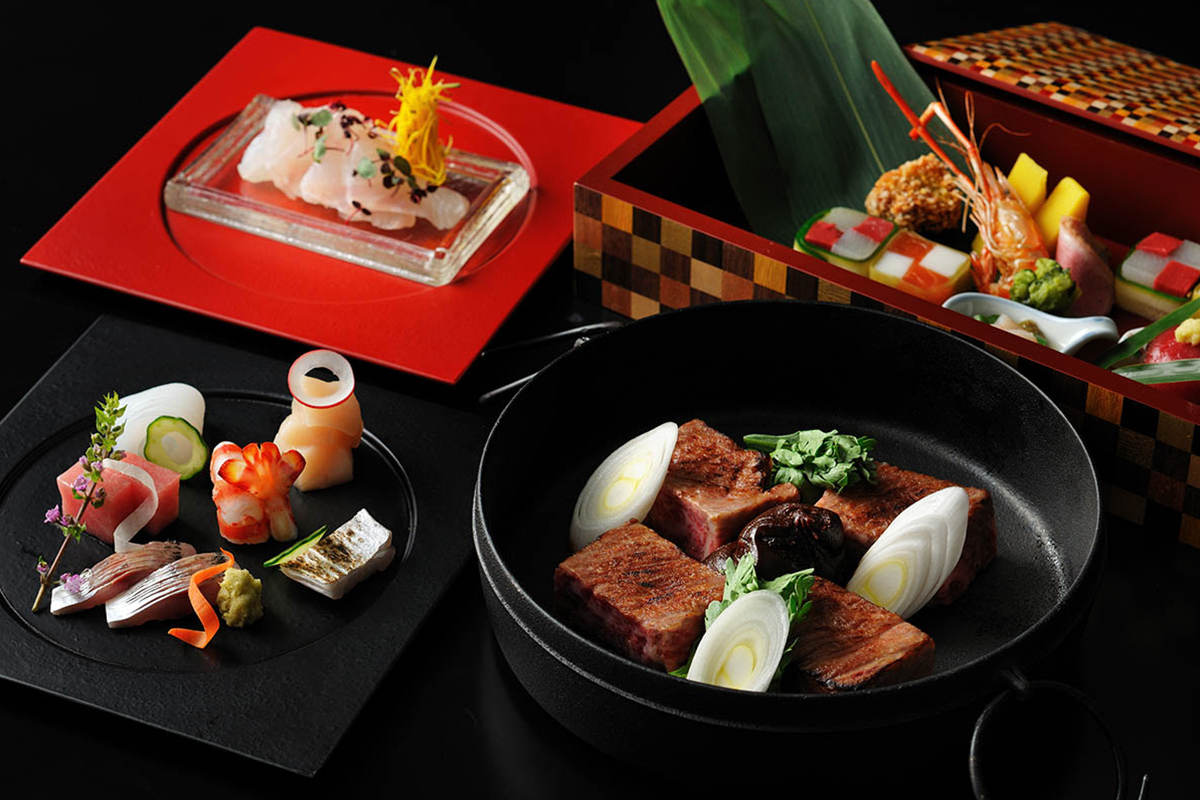
Ryokans and Japanese hot spring baths, or onsens, go hand in hand. Indeed, the onsens are one of the principal reasons travellers visit rural ryokans. Here too, there is a strict set of rules. Bathing suits, or anything else that could contaminate the pure onsen water, are strongly discouraged. You should shower before entering the baths and towels should be balanced on your head or placed on a nearby rock. Tattoos, which represent the Japanese underworld, are not allowed and should be covered using a bandage. Onsen baths are mixed or separated by gender, male marked with a blue flag and female with a red one. Confusingly, the genders of the baths are often changed to give everyone a chance to try out the different baths, so do your research in advance. In a few ryokans, private onsen sessions for couples, families or bathing suit enthusiasts are offered and the most luxurious ryokans offer in-room onsen baths.
Guests should remember that no two ryokans are exactly the same. However, the above guidelines should provide a good introduction and a basic understanding of what you can expect.
Chat to an expert to start planning your trip
Get in touch and one of our luxury travel experts will answer any questions you may have and help create your dream tailor-made holiday.

